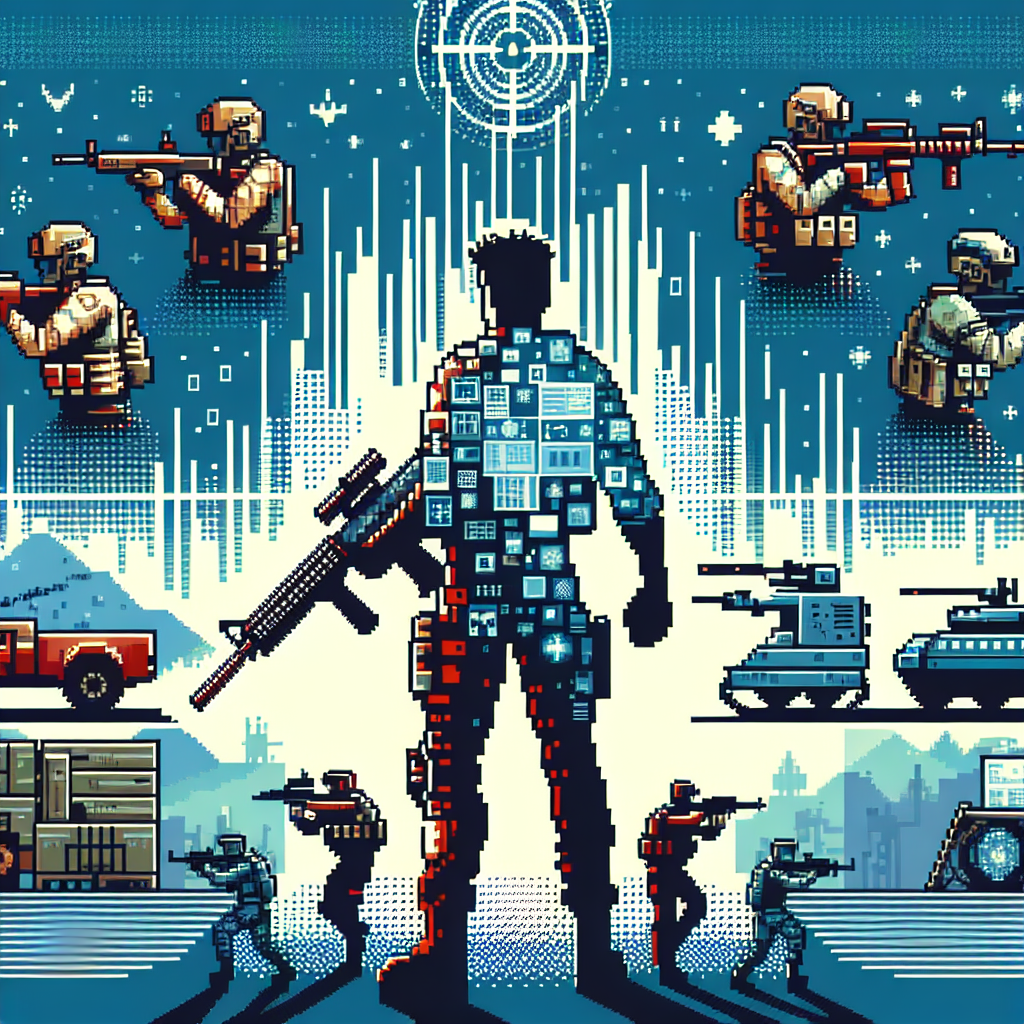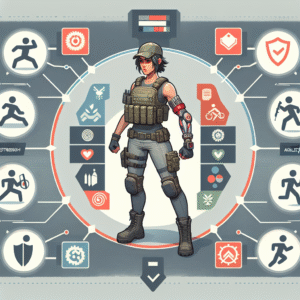Counter-Strike: Source: A Timeless FPS Classic That Revolutionized Multiplayer Gaming
Counter-Strike: Source, developed by Valve Corporation and Turtle Rock Studios, has remained a pillar in the world of first-person shooters since its release in 2004. Emerging as the successor to the highly popular Counter-Strike 1.6, it brought significant advancements in graphics, physics, and gameplay, cementing its place as a timeless classic in the realm of multiplayer gaming. In an era where video games were swiftly transitioning into more complex and visually appealing platforms, Counter-Strike: Source stood out with its perfect blend of strategy, skill-based gameplay, and realism.
One of the defining aspects of Counter-Strike: Source was its ability to blend cutting-edge technology with the robust tactical gameplay that the series was known for. The game was built on the Source engine, Valve’s proprietary game engine, which was notable for its realistic physics and advanced graphical capabilities. This resulted in visually engaging environments and detailed character models that were a significant step up from its predecessor. The Source engine also introduced advanced lighting and shading effects, which enhanced the immersion and made every firefight more intense and realistic.
Players were greeted with an intuitive yet deep game design that expanded on the well-defined mechanics of Counter-Strike 1.6. The core gameplay loop remained the same: two opposing teams, the Terrorists and the Counter-Terrorists, compete to complete specific objectives, such as planting or defusing a bomb, rescuing hostages, or eliminating the opposing team. These straightforward objectives made the game appealing to both casual players and hardcore enthusiasts. However, what truly set Counter-Strike: Source apart was its emphasis on teamwork, communication, and precise shooting skills. Players quickly learned that success depended on strategic planning, quick reflexes, and, importantly, team coordination.
Counter-Strike: Source also introduced several new features and improvements that enriched the player’s experience. The enhanced hitbox detection provided more accurate and satisfying shooting mechanics, and the inclusion of ragdoll physics added a layer of visual and strategic depth to each encounter. The game’s economy system, which rewarded players with in-game currency for achieving objectives or eliminating opponents, played a crucial role in strategic decision-making. Players had to manage their resources effectively, choosing whether to invest in superior weapons and equipment or adopt a more conservative approach to save for future rounds.
The community’s role in sustaining Counter-Strike: Source’s popularity cannot be overstated. The game’s robust modding support allowed players to create custom content, ranging from maps and game modes to personal skins and sound packs. This not only extended the game’s longevity but also fostered a vibrant community that thrived on creativity and shared experiences. User-generated content ensured that no two gaming sessions were ever quite the same, keeping the experience fresh and engaging. Mods like Zombie Panic and GunGame added novel twists to the classic gameplay, attracting diverse player bases and expanding the game’s appeal.
Counter-Strike: Source was also at the forefront of the burgeoning eSports movement. It became a staple in competitive gaming tournaments around the world, drawing in players who demonstrated incredible skill and precision. The competitive scene thrived through platforms like the Cyberathlete Amateur League (CAL) and larger events such as the World Cyber Games, where the best teams faced off in high-stakes matches. This exposure helped solidify Counter-Strike: Source as a serious competitive platform, paving the way for future installments in the series and eSports as a whole.
The strategic depth of Counter-Strike: Source was a significant draw for players. Maps, such as de_dust2 and cs_office, became iconic battlegrounds, meticulously designed to promote balanced gameplay and strategic diversity. Each map offered a distinct set of challenges and opportunities, encouraging players to experiment with different strategies and adapt to their opponents’ tactics. Knowing the terrain, angles, and choke points became as crucial as honing one’s aim, and players invested countless hours mastering every aspect of the battlefield.
In addition to its influence on eSports, Counter-Strike: Source also had a lasting impact on the wider FPS genre. Its emphasis on realism and skill-based gameplay laid the foundation for a more grounded approach to shooters, inspiring a wave of tactical FPS games that followed. Developers across the industry took note of its success, leading to the creation of more team-oriented titles that emphasized strategic planning and precise execution.
The game’s thriving online community was also central to its enduring success. Dedicated servers hosted by players and organizations worldwide provided a platform for countless hours of multiplayer enjoyment. These servers often hosted unique game modes and custom content, offering players a wide array of experiences beyond the standard competitive fare. Community events and tournaments further solidified Counter-Strike: Source’s role as a social hub, where friendships were forged, and rivalries intensified.
Customizable elements played a crucial role in the game’s appeal. The flexibility in personalizing the gaming experience with custom skins, HUD elements, and sound packs allowed players to tailor the game to their preferences. This personalization contributed to a sense of ownership and identity within the game, fostering deeper connections between players and the virtual world they inhabited.
Moreover, Counter-Strike: Source’s commitment to realism and immersion was evident in its sound design and environmental interactivity. The game utilized advanced spatial audio techniques to provide players with vital information about their surroundings, such as the direction of enemy gunfire or footsteps. This auditory feedback was essential for situational awareness, allowing skilled players to anticipate and react to threats even before they saw them. Additionally, the interactive environments, where objects could be moved or destroyed, added another layer of tactical possibilities.
While newer entries in the series like Counter-Strike: Global Offensive have since taken the spotlight, Counter-Strike: Source remains a beloved classic among gamers. Its impact on gaming culture, from pioneering mod support to advancing eSports, is undeniable. Many veterans of the series fondly remember Source for its smooth transition between the old and new, providing a bridge between classic gameplay and modern technology.
Counter-Strike: Source’s legacy is a testament to its innovative spirit and the dedication of its community. It represents a significant milestone in the evolution of multiplayer games, and its influence can be seen in countless titles across the gaming landscape. The dedication to maintaining a skill-based, strategic, and immersive experience ensured that Counter-Strike: Source would not only be remembered as a stepping stone in the series but a timeless masterpiece that helped shape the future of online gaming. As players continue to revisit its iconic maps and relive their favorite moments, Counter-Strike: Source stands as a beacon of multiplayer gaming excellence.













Post Comment